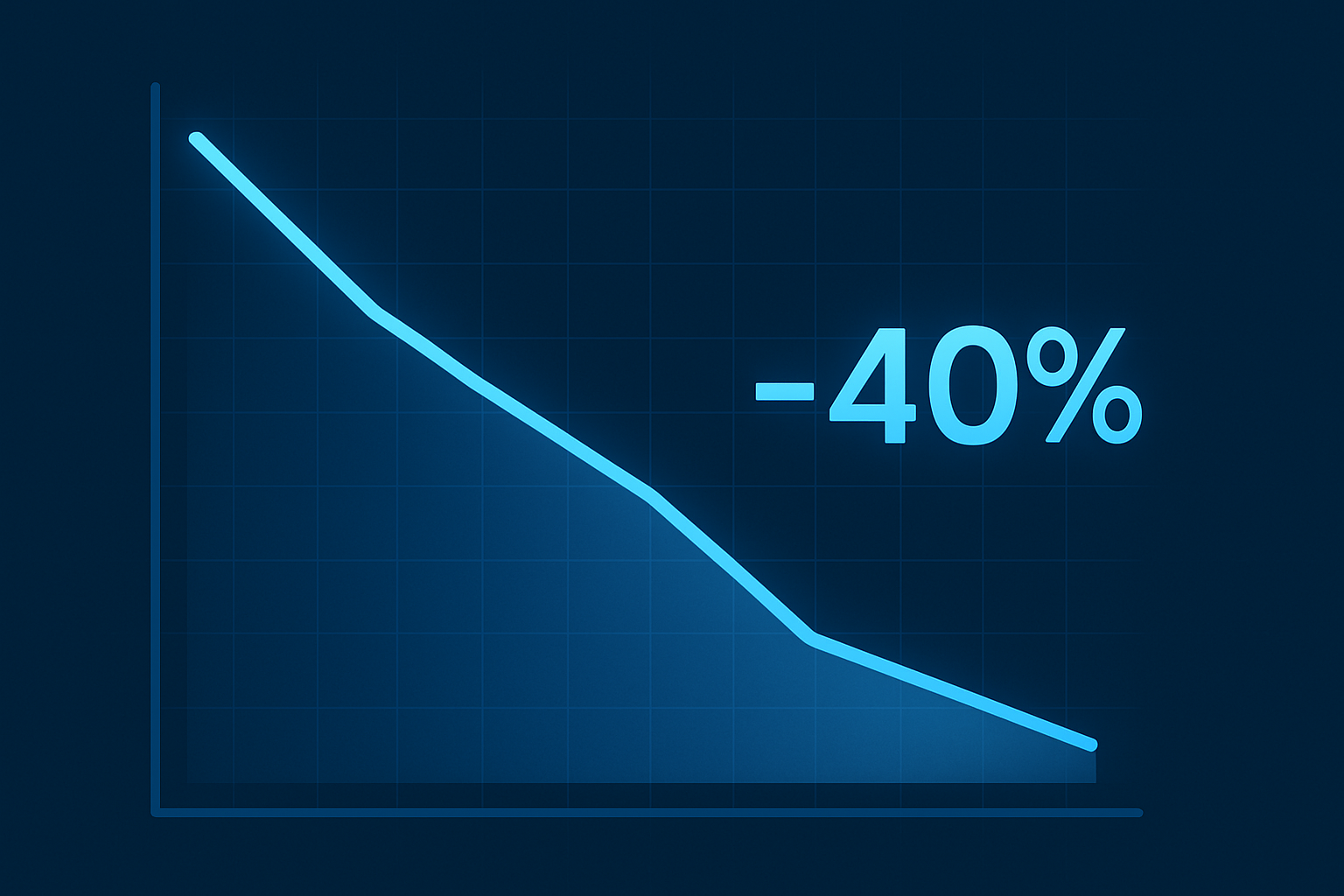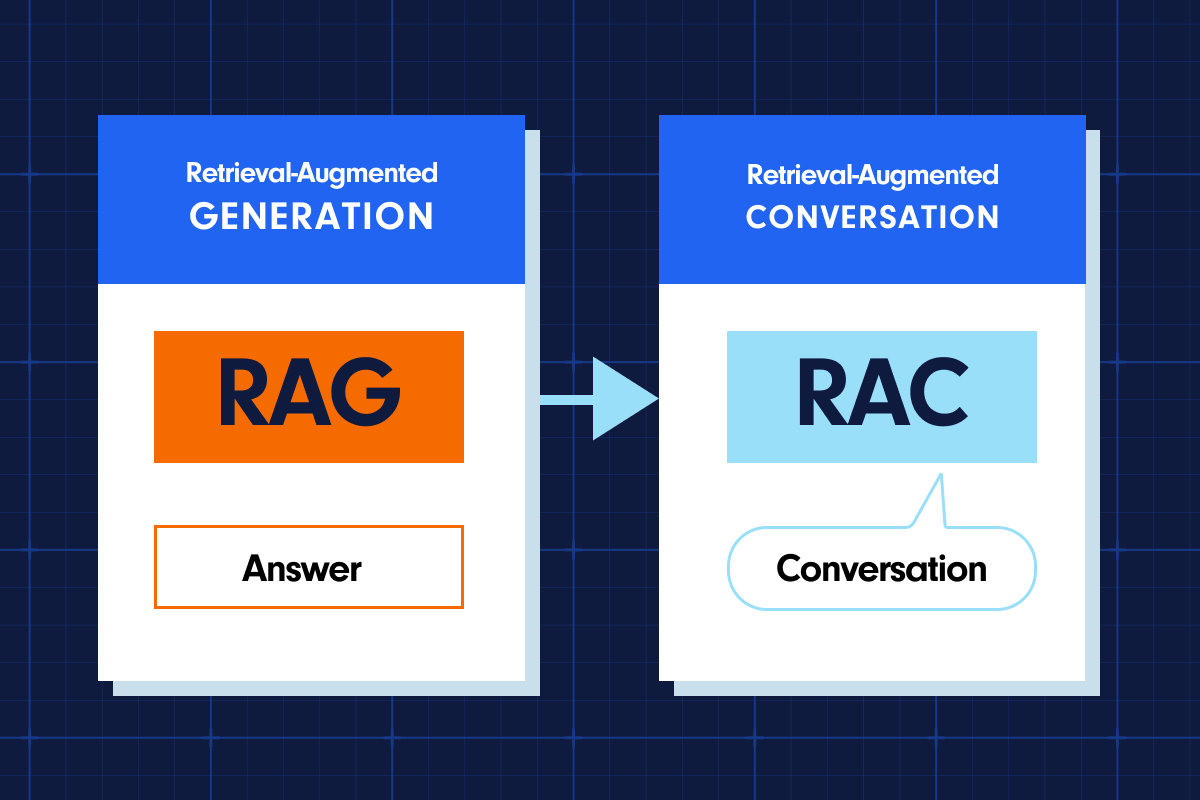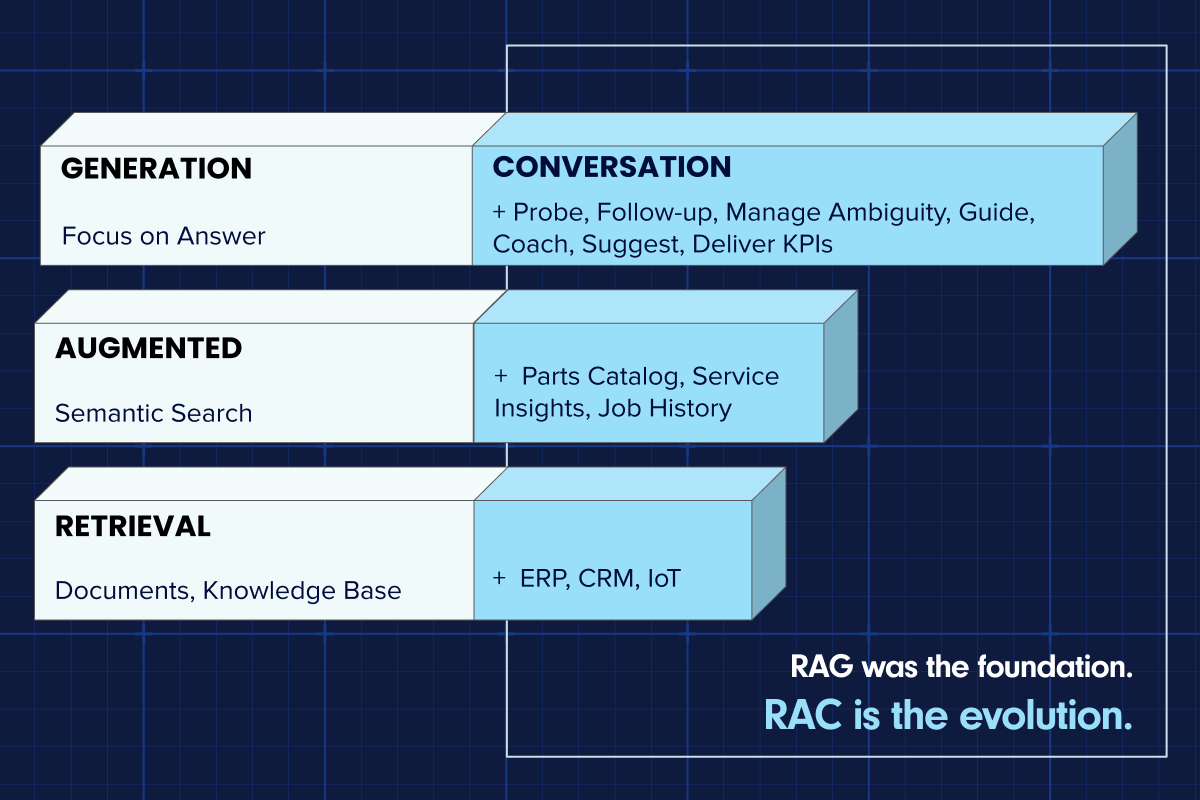More than nearly any other industry, service can be a life or death matter in the medical device and diagnostic space — an industry worth over $3 trillion in the USA alone. But service leaders are juggling several challenges in their quest to maximize device uptime for customers who are balancing patient care alongside revenue goals all tied to those machines.
In a recent report, we analyzed service data to provide you with concrete areas where you can make changes to improve service delivery. We took a deep dive into service benchmarks in the medical device industry, exploring how med device service organizations measure up relative to each other. The data reflects three major trends: higher-than-average service costs, a growing workforce skills gap, and service delivery hurdles.
The goal is to help you spot these trends before they get out of hand, and take specific actions to prevent them altogether. Here’s how:
ANNUAL REPORT
The 2024 Medical Device Benchmark Report
The market for medical devices has been rapidly growing in recent years—but is currently facing issues with supply chain distribution, increasing service costs, upcoming retirements, and knowledge gaps. Download the latest report to learn more.
1. Look at your KPIs holistically.
When was the last time you looked beyond your First-Time Fix Rates (FTFR) and explored other key metrics such as Cost Per Success (CPS), Mean Time to Resolution (MTTR), Mean Time Between Failures (MTBF), and Mean Time Between Visits (MTBV)? Even if your stats fall within the average, your KPIs may only be telling part of the story. Start thinking about your KPIs as an ecosystem instead of individual metrics. It can help you understand your employees strengths and weaknesses, as well as how they work in tandem with each other.Pro Tip: it’s easier to spot system inequalities—like the dreaded skills gap—this way.
2. Start bridging the skills gap in a sustainable way.
Service leaders have long struggled with an incoming workforce that lacks the experience of their more experienced technicians. After all, there are some things that you can only learn out in the field. However, in recent years, the skills gap has been exacerbated by a triple whammy: retirement waves, difficulty recruiting experienced workers, and changing in customer demands (not to mention the newly-introduced pandemic-driven need to limit time spent on job sites). The skills gap can be managed: medical device leaders are turning towards AI in the quest to gather tribal knowledge. By putting all knowledge into one central hub, they’re able to upskill a new employee at a much faster rate, giving them the intel that seasoned professionals typically take years to amass.Pro Tip: Boosting the bottom 25% of the workforce up to the level of your average performers will result in a nearly 17% savings in service costs. You can add another 17% increase to your ROI if you boost your contenders up to your best performers. Now that’s what we call efficiency.
Combat service delivery hurdles as they pop up.
Medical device leaders, looking to bridge the gap between where they are and where they want to be, are using AI to take their entire workforce to hero status. When on-site, technicians can problem-solve on the fly. They can use their devices to access the work history of each customer. Being able to see the work which has been carried out on previous callouts will improve time spent on each job as well as first-time fix rates.
What’s the cost of not understanding your organization’s performance?
As we put together the latest Medical Device Benchmark Report, we knew it was imperative to pull data from a wide range of sources in order to get the most accurate averages.
That’s why our experts analyzed field service records from more than 30 medical device service organizations, including service divisions within OEMs and third-party service companies.
The results? In the medical device service sector, the bottom quarter of the workforce costs organizations 97% more than the top quarter. Check out the report to explore the rest of the findings and see how your organization stacks up.
Recent Posts
-

How Businesses Can Avoid Becoming Part of Gartner’s Predicted 40% Failure Rate in Agentic AI Projects
Read More »July 14, 2025 Assaf Melochna






